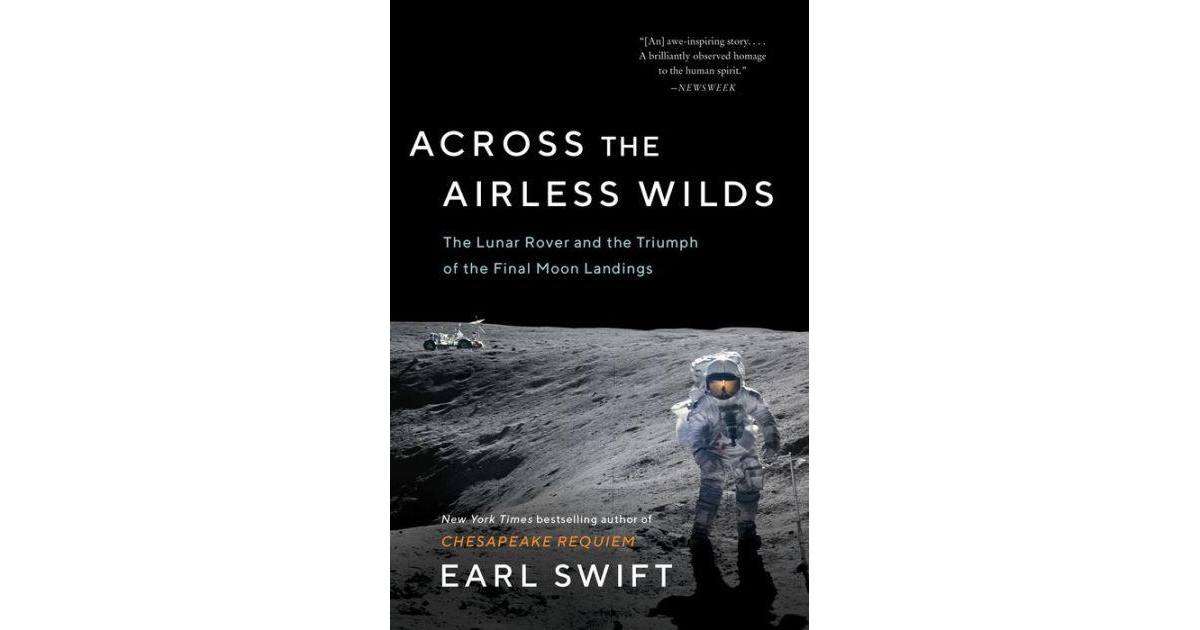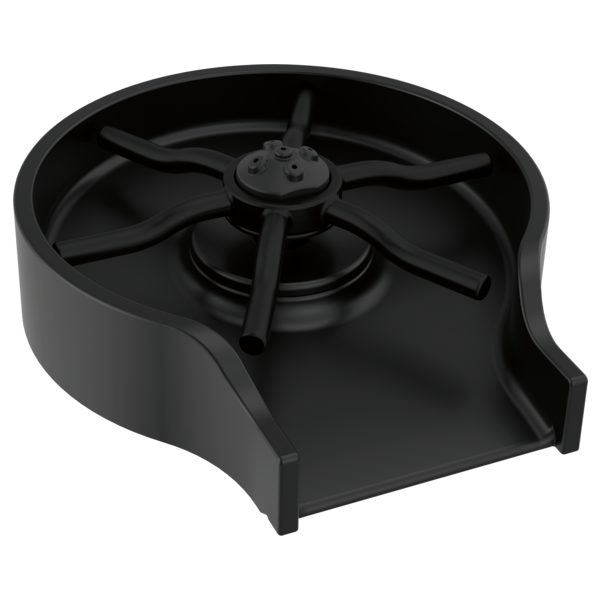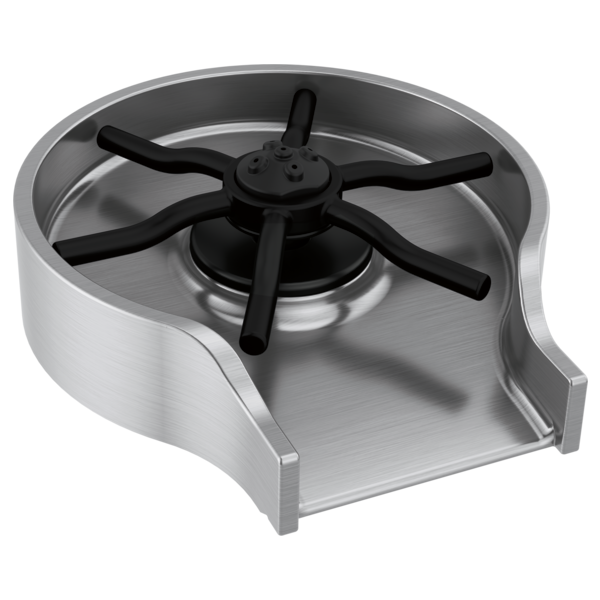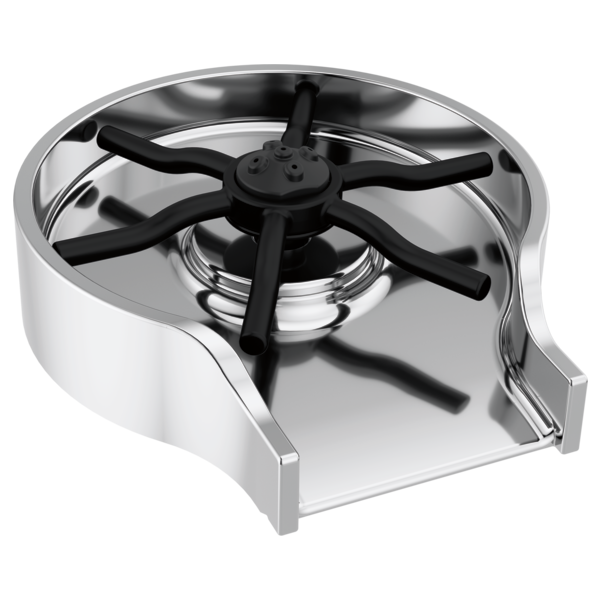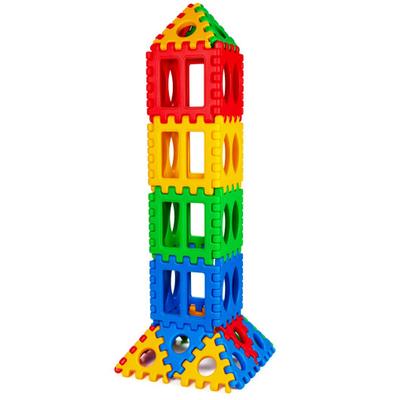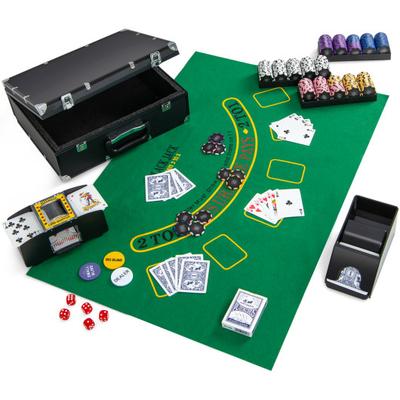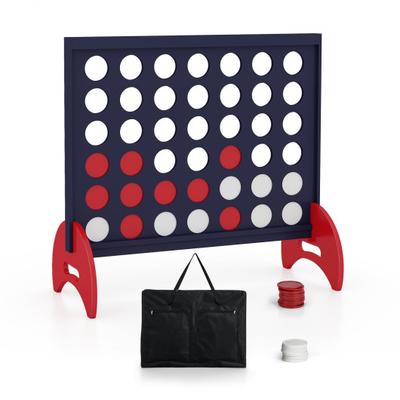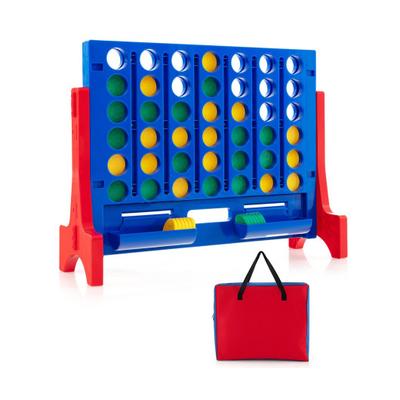Thrilling. ... Up-end[s] the Apollo narrative entirely. -The Times (London)A "brilliantly observed" (Newsweek) and "endlessly fascinating" (Wsj) rediscovery of the final Apollo moon landings, revealing why these extraordinary yet overshadowed missions-distinguished by the use of the revolutionary lunar roving vehicle-deserve to be celebrated as the pinnacle of human adventure and exploration. One of The Wall Street Journal's 10 Best Books of the Month8:36 P.m. Est, December 12, 1972: Apollo 17 astronauts Gene Cernan and Jack Schmitt braked to a stop alongside Nansen Crater, keenly aware that they were far, far from home. They had flown nearly a quarter-million miles to the man in the moon's left eye, landed at its edge and then driven five miles in to this desolate, boulder-strewn landscape. As they gathered samples, they strode at the outermost edge of mankind's travels. This place, this moment, marked the extreme of exploration for a species born to wander. A few feet away sat the machine that made the achievement possible: an electric go-cart that folded like a business letter, weighed less than eighty pounds in the moon's reduced gravity and muscled its way up mountains, around craters and over undulating plains on America's last three ventures to the lunar surface.

